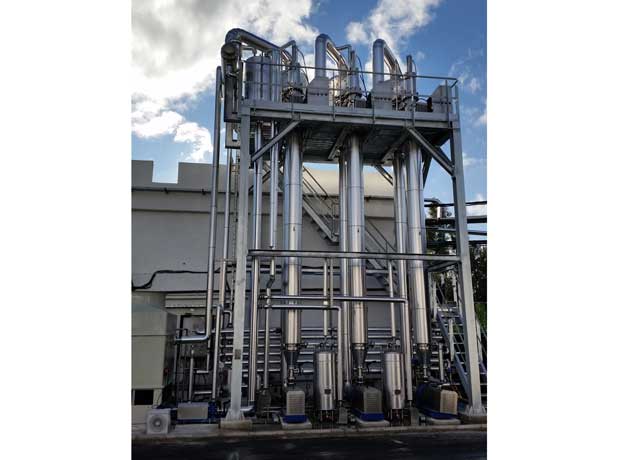Finding value in liquid waste streams

Waste is increasingly viewed as a resource. From well-established practices such as recycling paper and aluminium, to the development of the circular economy, an increasing volume of resources are now being recovered from materials that were previously seen only as inconvenient wastes.
Waste valorisation is the process of recovering value from waste materials, for example through reusing or recycling them, or by composting or anaerobically digesting them and converting them into more useful products such as materials, chemicals, fuels or other sources of energy. In a circular economy, compared to a linear one, the materials within products are reused, turning previously burdensome wastes into valuable resources. Moving to a circular economy can have a positive effect on economic growth and strengthen the competitiveness of companies, in addition to providing a number of environmental benefits.
The European Union has proposed to double its rate of resource productivity by 2030 and as part of this, adopted a communication, Towards a circular economy: a zero waste programme for Europe, in July 2014.
Unleashing the potential for liquid waste streams
Wastewater treatment and ‘water mining’ has been identified as a key platform on which to base the technological development of such circular production systems. In addition, every cubic metre of recycled or reused water results in a corresponding reduction in mains water demand and wastewater discharge. There are also benefits in terms of energy and carbon footprint, and waste streams are increasingly being viewed as a resource for the development of bio-based products and processes.
Examples of resource recovery
While we are still a significant way away from the commercial development of large scale biorefineries, parts of this process are already established. The use of anaerobic digestion is now widespread, and there are various examples of material recovery from different waste streams in operation at various scales around the world.
Some examples include:
- Recovery of phosphorous from sewage for use as agricultural fertilisers.
- The potential recovery of biopolymers from the wastewater from olive mills.
- Treating cheese whey wastewater to produce products for food manufacturing and pharmaceuticals.
- The recovery of spent yeast products for use in food production.
Fruit processing is another sector that is ideally placed to capitalise on the potential value of some of its waste products. Citrus peel waste accounts for up to half the total volume of citrus fruit processed globally and is a potential source of many useful products including dietary fibre, antioxidants, food colorants and flavours, and contains a wide variety of compounds.
Moving towards zero liquid discharge
Zero liquid discharge (ZLD) is a technique by which liquid waste streams are eliminated: any wastewater is purified and recycled, while other residues, which often include the type of valuable by-products mentioned above, are extracted.
Various processes are employed in ZLD, but evaporation is a key process, both in order to concentrate residues sufficiently to allow their economic extraction or physical removal, and as part of the water purification process. However, solid-liquid mixtures are complex and it is important that the first stage of any potential project includes a research study to evaluate the nature of the waste stream/s and the saturation levels required.
HRS Heat Exchangers have been involved in ZLD projects in Europe using evaporation systems, including the recovery of potassium and sodium sulphates from organic brine waste streams.
For more information on how HRS Zero liquid discharge systems can be used to recover valuable resources from your waste stream, please contact us today.